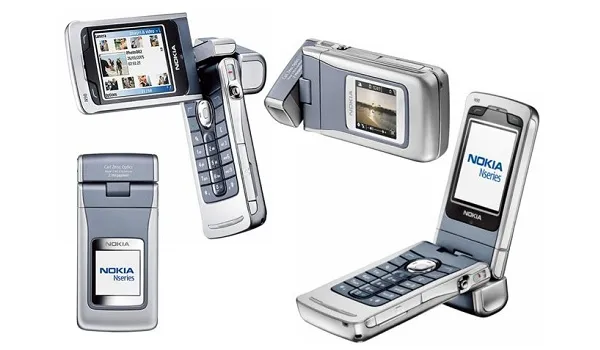Nokia Mobile, the cell phone division of Nokia Corporation, was a juggernaut that ruled across the seven lands – Europe, North America, South America, Africa, Asia, Australa, and Antarctica. That sounds like the introduction to a thriller movie; right? Well, it is kind of a thriller. Come with me as I walk you through the fascinating story.
From the year 1998 to to the year 2008, Nokia Mobile was the undisputed largest cell phone brand in the world. You would find a Nokia phone to buy anywhere you were on earth, and you would find a catalog of options to choose from, too. Nokia had round phones, oblong phones, pen phones, square phones, transformer phones. Name it.

Nokia Mobile was a smartphone pioneer, long before BlackBerry and iPhone arrived. But soon enough, that glorious reign had to end. Nobody stays at the top forever. After over a decade of being the biggest cell phone brand in the world, Nokia Mobile was no more.
Today, the Nokia phones that you see in the market are made by a 3rd party, HMD Global, under licence from the Nokia Corporation, which was the parent company for Nokia Mobile.
HMD Global handles the design and manufacture of the devices; they just hold the right to put the Nokia name on them.
Table of Contents
The end of Nokia Mobile
Nokia has not manufactured a cell phone since 2014 when it sold its mobile division to Microsoft. In 2016, HMD Global began manufacturing and selling Nokia-branded smartphones under the licensing agreement.
The question then is, now that Nokia Mobile is no more, what else is the Nokia Corporation up to? Is that it?
For most people who knew Nokia, all they knew the company for was cell phones. The name, Nokia, was synonymous with cell phones and nothing else. At least, that was true for most consumers.
In the business world, of course, the Nokia Corporation existed, and still exists, in multiple spheres of operations. Nokia Mobile was only one of multiple business divisions of the Nokia Corporation. That is died and went away did not end the operations and profitability of other business divisions in the Nokia empire. Let me walk you through what else Nokia does, till today.
Meet the Nokia Corporation’s other business divisions
Nokia has five main business divisions, as follows:
Nokia Network Infrastructure: This Nokia’s network infrastructure division and is responsible for providing various networking solutions, including:
- IP Networks: Routers, switches, and other equipment for internet connectivity.
- Optical Networks: Equipment for high-speed data transmission over fiber optic cables.
- Fixed Networks: Solutions for wireless and fixed-line broadband and other services. In other words, some of the infrastructure by the carriers and mobile networks you know are built by Nokia.
- Submarine Networks: Cable systems for undersea communication.
Nokia Technologies: This division focuses on licensing Nokia’s intellectual property, including patents related to mobile technologies and digital health. Nokia Technologies is behind the licensing agreement with HMD Global.
Nokia Bell Labs: This is the industrial research arm of the Nokia Corporation. Bell Labs is involved in cutting-edge research and development, particularly in areas like artificial intelligence, 5G, and quantum computing.
Nokia Software: This division provides software solutions for network operators, including network management, automation, and security.
Nokia Enterprise: This division offers solutions for businesses, including private wireless networks, IoT platforms, and network security.
The Nokia Corporation is alive and well

So, while Nokia Mobile is dead, Nokia continues to run a thriving business empire that remains a force to reckon with in the world.
Did you know that though Nokia Technologies, Nokia earns royalty from every cell phone that is manufactured by any brand anywhere in the world? Why?
Nokia Corporation is the creator of many of the mobile radio technologies used in dumb phones, smartphones, tablets, and more. And so, they hold the parents to those technologies.
That means Nokia Corporation earns from Apple, Samsung, Xiaomi, Huawei, Google Pixel, OnePlus, etc, etc. This is why, every now and then, you read or hear of one of those brands renewing one licensing deal or the other with Nokia. Being an innovator has benefits.
The Nokia Corporation is an even bigger juggernaut than Nokia Mobile was. But because all the other divisions serve the business or enterprise market, they are not often spoken of to consuners. Which is why many consumers suppose that Nokia the company is dead. Far from it. The Nokia Corporation remains a leader in technology innovation the world over.